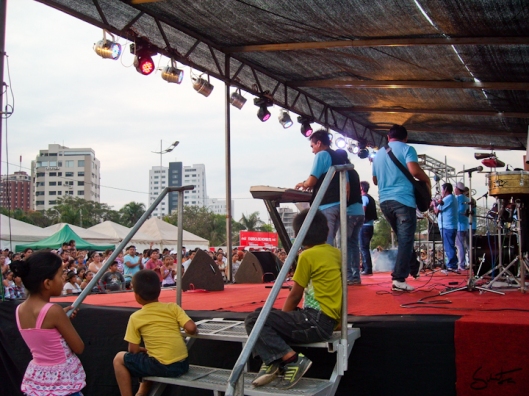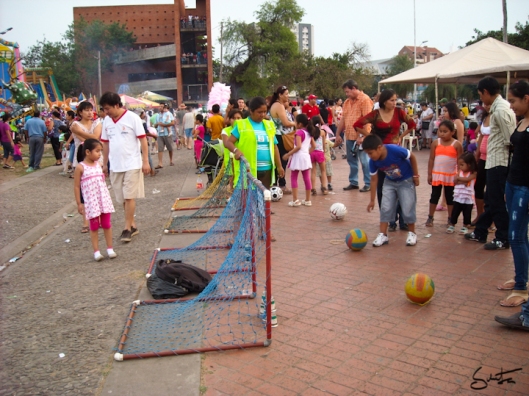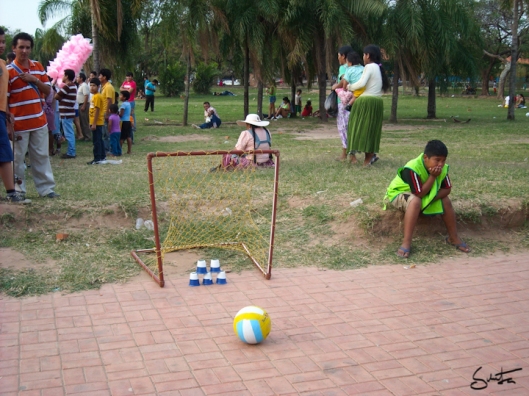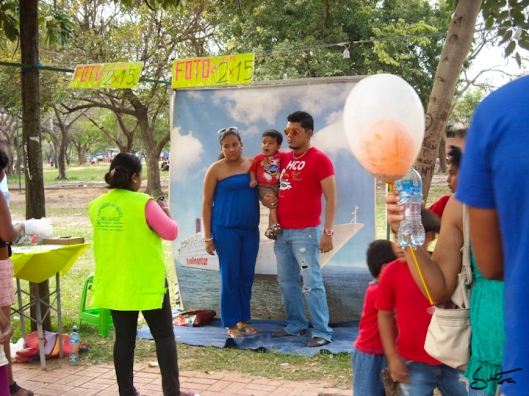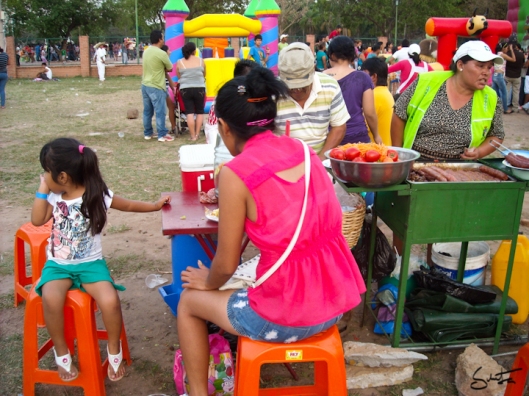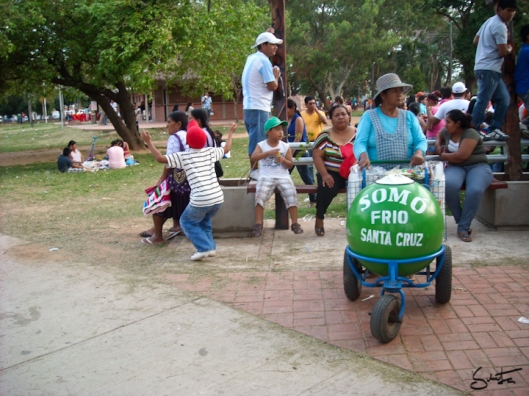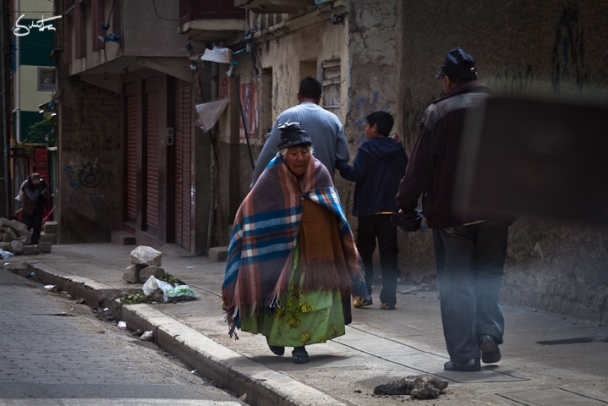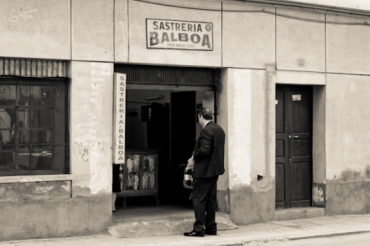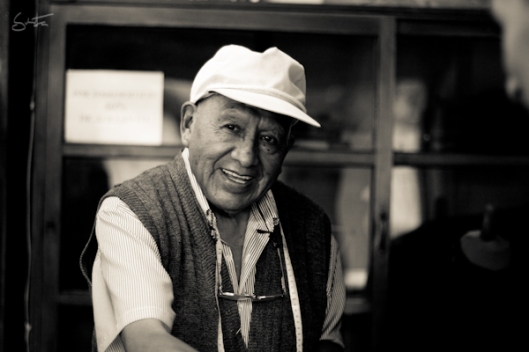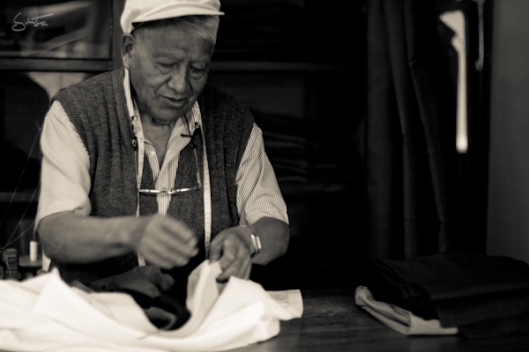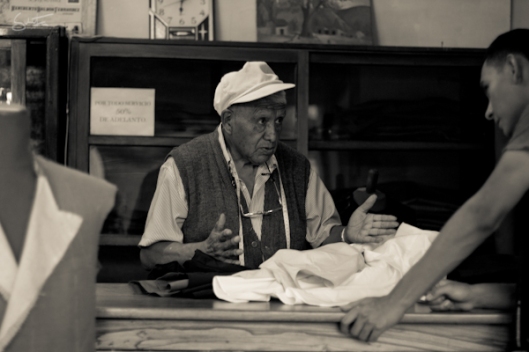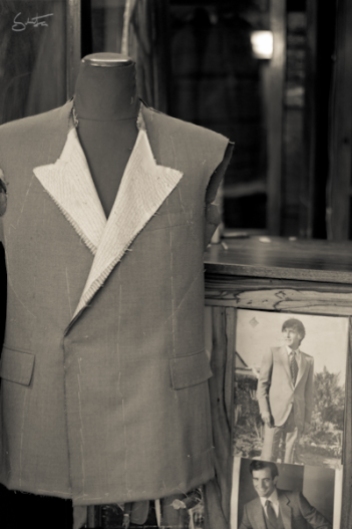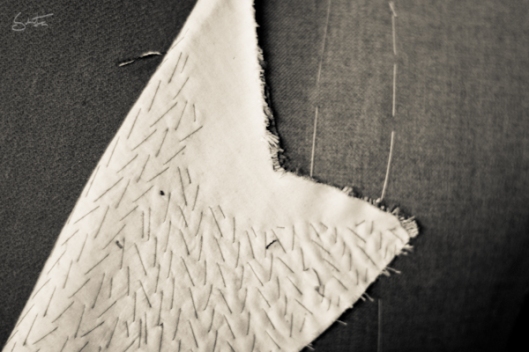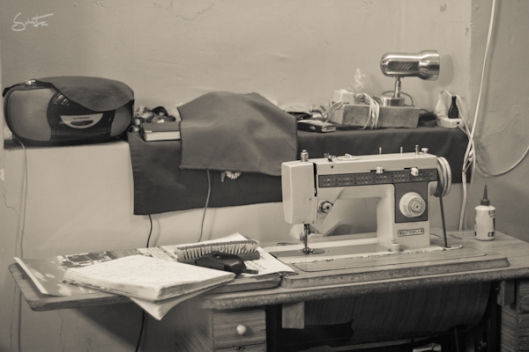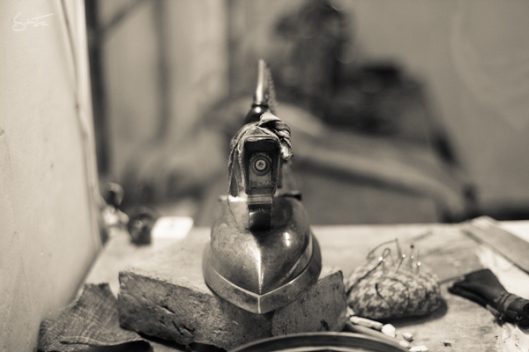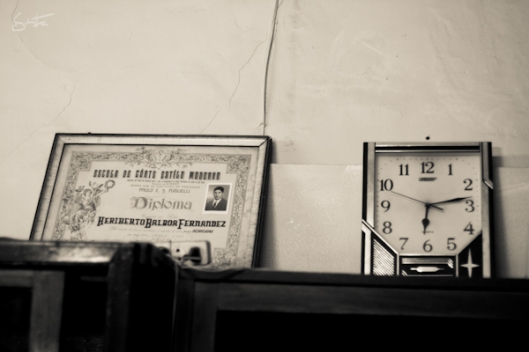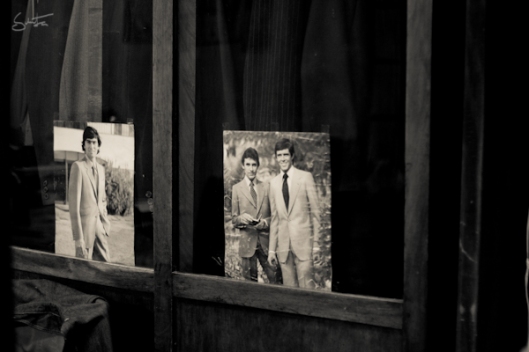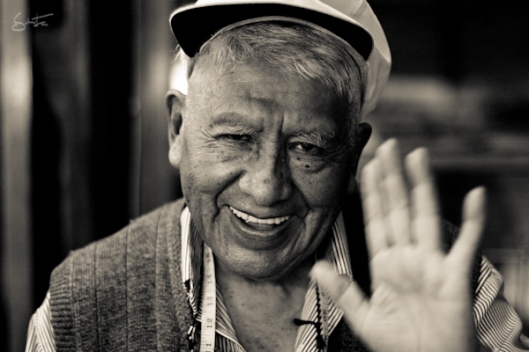Ostatnio natknelam sie na galerie boliwijsich fotografow ubiegajacych sie o grant w konkurse ‘Photographic Museum of Humanity‘ – pierwszego muzeum online stworzonego przez najlepsze zdjecia fotografow z calego swiata. Doprawdy, niezwykla to mieszanka!
Kazdy z fotografow zaprezentowal krotki fotoreportaz, ktorego glownym bohaterem jest czlowiek. Dwukrotnie sportretowano temat Tinku – starozytnego obrzedu obchodzonego na czesc Pachamamy (Matki Ziemi) przez mieszkancow rejonu Potosi, w ktorym dwoch czlonkow roznych spolecznosci Indian Quechua staje do walki na piesci. Wojownicy, z ktorych niektorzy wykrwawiaja sie na smierc, z checia ofiaruja swa krew Pachamamie, przy okazji okazujac swa meskosc i odwage. Bija sie rowniez kobiety oraz dzieci.
Carlos Sanchez odwiedzil miejscowosc Macha, gdzie w pierwszych dniach maja odbywa sie Swieto Krzyza – jeden z najbardziej niezwyklych festiwali w Boliwii, podczas ktorego katolicki obrzed laczy sie z poganskim rytem Tinku. W swoim foto-eseju zatytuowanym ‘Tinku: Blood Warrior‘ (wojownik krwi), Sanchez ukazuje dynamizm i koloryt lokalnej tradycji, nie stroniac od drastycznych scen. Zdjecia zachwycaja rowniez dobrze przemyslana kompozycja i swiatlem.

Foto: Carlos Sanchez
Te sama historie opowiedzial inny fotograf, Jorge Bernal Campuzano, ktory skupil swoja uwage nie tyle na akcji ile na uczestnikach celebracji – dziarskich wojownikach Tinku, spokojnych czcicieli krzyza i opijajacych sie chicha obserwatorow, w ‘Thinku – The Last Warriors‘ (ostatni wojownicy).

Kolejny fotograf, Fernando Miranda, zaprezentowal inny obrzed z czasow pre-kolumbijskich, ‘Las Natitas’, czyli swieto czaszek, o ktorym pisalam z okazji boliwijskich Zaduszek. Sportretowal on czarno na bialym mieszkancow La Paz z czaszkami ich bliskich – czasem umieszczonych w zwyklym pudelku po butach, innym razem w bogato zdobionej urnie.
 Foto: Fernando Miranda
Foto: Fernando Miranda
Ten sam motyw zaprezentowala Natalie Fernandez w cyklu ‘Devocion a las Ñatitas’, pokazujac w swoim reportazu bardziej dynamiczny charakter obchodow tego niezwyklego swieta odbywajacego sie na ulicach najwyzszej stolicy swiata.

Fot: Nataie Fernandez
Z kolei, Patricio Crooker w ‘Requiem to the Republic’, prezentuje codzienny obraz Boliwii i jej mieszkancow, poszukujacych swej narodowej tozsamosci. Nowe czasy, nowa wladza, nowe symbole mieszaja sie bowiem ze starymi tradycjami, co najlepiej widoczne jest podczas ulicznych parad i festiwali, uniemozliwiajac jednoznaczne zdefiniowanie pojecia ‘nowego Boliwijczyka’.

Fot: Patricio Crooker
W zgloszeniach konkursowych nie moglo oczywiscie zabraknac ‘miedzynarodowych symboli Boliwii’, jakimi sa koka oraz najwieksza pustynia solna swiata.
Dany Krom przedstawil mniej znane oblicze Salar de Uyuni – ludzi pracujacych przy wydobyciu soli, litium i boraksu, czyli tytulowych ‘Salt Made Men‘ (ludzi z soli), wykonujacych ciezka prace w jakze pieknych okolicznosciach przyrody!

Fot: Dany Krom
Temat koki podjal natomiast Marcelo Perez del Carpio w cyklu ‘Beyond the Coca Leaf’, pokazujac codzienne zycie ‘cocaleros’ – producentow lisci koki i wplyw uprawy tej tradycyjnie swietej rosliny na tropikalny region Los Yungas, tj. wylesienie, erozja gleby i zanieczyszczenie srodowiska. Piekne, czesto intymne czarno-biale portrety ludzi, ich otoczenia i wspolistnienia z natura.

Najbardziej jednak odkrywcza jest, wedlug mnie, historia Manuela Seoane o krolu niewolnikow (The King of Slaves), ktora pozwolilam sobie przytoczyc w calosci:
Mowi się, ze w XVI wieku, Bonifaz, ksiaze z plemienia Konga, wpadł w rece handlarzy ludzmi, ktorzy sprzedali go jako niewolnika w Ameryce Południowej. Afrykanski arystokrata trafil na farme Mururata, w malym miasteczku w Los Yungas, gdzie zostal rozpoznany przez swoich ziomkow i uznany za ich krola, ukrywajac jednak swoje pochodzenie przed wlascicielami gospodarstwa. 500 lat pozniej, Julio Bonifacio Pinedo – rolnik, producent liści koki i skromna glowa rodziny, zostal kolejnym nastepca Bonifrazego. Chociaz niewolnictwo juz nie istnieje, starodawni wlasciciele miasta nadal sa w posiadaniu nie tylko rancza, ale takze korony, peleryny i berla Afro – boliwijskiego krola, ktore sa mu wypozyczane tylko na czas uroczystosci.

Fot: Manuel Seoane
Ta niesamowita historia, zobrazowana wymownymi zdjeciami, zaintrygowala mnie na tyle, ze sama mam ochote wybrac sie do amazonskiej puszczy w poszukiwaniu potomka krola Bonifraza.
A Tobie, ktory fotoreportaz spodobal sie najbardziej?
***
Recently I came across works of Bolivian photographers applying for a grant of ‘Photographic Museum of Humanity‘ – the first online museum made with the best photos sent by photographers from all over the world. An amazing ‘place’ to visit!
Each of the photographers presented the brief photo essay, whose main subject is a ‘man’. The most popular theme among Bolivian photographers was ‘Tinku‘ – an ancient rite celebrated in honor of Pachamama (Mother Earth) by the inhabitants of the region of Potosi, in which two members of different Quechua communities take part in a boxing fight. Warriors happily offer their blood to Pachamama, while showing their masculinity and courage, however also women and children fight, mostly the same reasons. Some of them bleed to death.
Carlos Sanchez visited the pueblo of Macha, where during the first days of May the Feast of the Cross is celebrated – one of the most unique festivals in Bolivia, during which the Catholic rite mix with pagan ritual of Tinku. In his photo essay ‘Tinku : Warrior Blood’, Sanchez shows dynamism and color of both celebrations, not shunning of drastic scenes. His pictures impressed me also with great composition and dramatic lighting.
The same story was told by another photographer, Jorge Bernal Campuzano, who focused his attention on different participants of celebration – perky warriors, peaceful worshipers of the cross and observers drinking chicha in ‘Thinku – The Last Warriors’.
Another photographer, Fernando Miranda, presented the different rite from the pre-Columbian times – ‘Las Natitas‘, the feast of skulls, about which I wrote on the occasion of the ‘Dia de los muertos‘. Miranda portrayed the residents of La Paz with the skulls of their dead relatives – sometimes kept in plain shoe box, sometimes in richly decorated urn.
The same theme studied Natalie Fernandez in the black& white cycle ‘Devocion a las Ñatitas‘, showing in her reportage more dynamic nature of the commemoration, strolling the streets of Bolivian capital.
On the other hand, Patricio Crooker in ‘Requiem to the Republic‘, presents a daily picture of Bolivia and its inhabitants seeking their national identity. New times, new government, new national symbols mingle with old traditions, as best seen during street parades and festivals, making it impossible to clearly define the idea of the ‘new Bolivian’.
Among the competition entries there are of course the well known ‘international symbols of Bolivia’, which are coca leafs and the largest salt desert in the world.
Dany Krom presented the less known face of Salar de Uyuni – people mining salt, lithium and borax – ‘Salt Made Men‘, working hard in the beautiful natural circumstances…
While, the subject of coca appeared in Marcelo Perez del Carpio’s photo essay – ‘Beyond the Coca Leaf’, showing daily life of ‘cocaleros‘, the producers of coca leaves and environmental influence of growing the traditional sacred plant in the tropical region of Los Yungas, ie. deforestation, soil erosion and pollution. Really beautiful, intimate black-and-white portraits of people, their environment, and their coexistence with nature.
But the most explorative and interesting was, in my opinion, the story of ‘The King of Slaves’ portrayed by Manuel Seoane, which I decided to quote:
It is said that during the hardest stage of slavery in Africa, Bonifaz, the prince of a tribe of Congo, fell into the hands of human dealers and was sold as a slave in South America during the sixteenth century. This character of the black aristocracy ended up working as pawn on the farm of Mururata, a small town in the Yungas of Bolivia. There, Bonifaz was recognized by the other African slaves as their king, who managed to hide his identity and its lineage. Today, abolished all slavery and nearly 500 years later, Julio Bonifacio Pinedo, farmer, producer of coca leaf and humble family man like any other, is the current Afro-Bolivian King. Although servility does no longer exists, the ancient owners of the town still possess not only the ranch, but also the crown, the cape and the scepter that identifies the king, which are borrowed to him only for the festivities. This is the royal family of Bonifaz, king of the slaves.
This incredible story, illustrated by meaningful photographs, intrigued me so much, that I want to go myself to the Amazon forest in search of the king’s heir.
And you, which photostory did you like the most?


